What Do I Do with This? A Guide to Disposing of Electronics and Hazardous Materials
 4
4 Sep
Disposing of electronics such as computers, audio/visual equipment, batteries, and printers—items that may contain hazardous materials—is no easy feat. It’s hard to know what to do with them, and improperly disposing of them can come with legal ramifications and hefty fines, particularly for businesses and large organizations.
In fact, in 2016, Apple had to pay a whopping $450,000 as part of a settlement with the California Department of Toxic Substances Control for improper disposal of hazardous waste. Among processing electronic waste under the radar and without the right permits, Apple also sent hazardous waste to recycling facilities not authorized to handle it and failed to label it as hazardous.
While it’s unknown how aware Apple was of the problems with its practices—Apple attributed the issues to an “oversight in filing paperwork”—the situation is a harrowing reminder of the hot water in which businesses can find themselves if they don’t handle hazardous waste properly.
With new gadgets being continually released, changes to the materials used in them, and the increasing prevalence of recycling scams, it’s hard to know what to do with some items and where to take them.
So, what kinds of materials are considered hazardous, should be recycled, or require special disposal, and where do you go?
Read on for insights on how to keep electronics and dangerous materials out of the landfill and keep your business out of trouble.
Recycling Electronics, CDs/DVDs, and Electrical Equipment
![]()
It’s well-known that TVs, computers, and phones contain dangerous materials and shouldn’t be thrown away, but they tend to pile up in closets, basements, or landfills anyway. And, since smaller electronics like cords, CDs, or USB drives are so easy to throw out, we don’t always think to recycle them. However, these items still pose dangers to the environment—the metal used in cords, for example, can leach into the soil.
Many of these electronics also pose significant security risks for your data if they go missing, are improperly disposed of, or fall into the wrong hands. Thumb drives, for example, hold large amounts of data and are easy to misplace. Even with password protection or data encryption, flash drives are easy targets for hackers.
One way to make sure your data is secure is to work with a recycler who provides secure data destruction and assumes liability for data breaches. Contact Sadoff E-Recycling & Data Destruction for more information on how to keep your data secure.
Lightbulbs
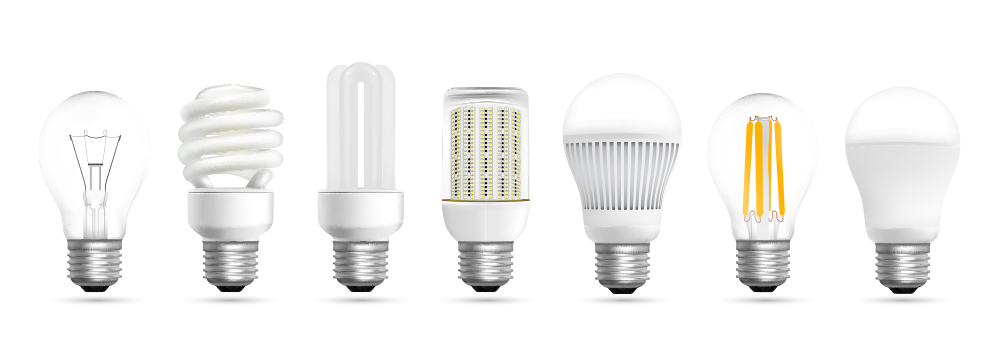
Lightbulbs are also easy to toss in the trash. You remove the dead one, replace it, and throw it away without a second thought.
But, lightbulbs shouldn’t be thrown away, particularly those containing mercury or halogen. Since those materials are dangerous if released, many recycling facilities aren’t able to accept them. You should take lightbulbs to a hazardous material recovery facility for processing and proper disposal. If you have a business, seek out a waste management or recycling partner that accepts large amounts of lightbulbs or offers bulk pickup or mailback options.
Have broken lightbulbs? Check out the EPA’s guidelines for cleanup here.
Iron, Aluminum, Stainless Steel, and Clippings
![]()
Metals are other items you shouldn’t recycle curbside or drop off at the landfill. Instead, take them to a scrap metal recycler—in addition to environmental stewardship, you also might even make a profit, as some recyclers pay for various metals.
Contact Sadoff Iron & Metal for current metal buying rates or to learn more about metals recycling.
Batteries and Flammable Materials
![]() Car and other types of batteries contain highly dangerous materials, lead and acid among them, which are poisonous if ingested and can cause permanent damage including burns and blindness. Take batteries to a hazardous materials recovery facility or a recycler that accepts non-ferrous materials.
Car and other types of batteries contain highly dangerous materials, lead and acid among them, which are poisonous if ingested and can cause permanent damage including burns and blindness. Take batteries to a hazardous materials recovery facility or a recycler that accepts non-ferrous materials.
![]() Flammable materials such as oil, gasoline, paint thinners, or other combustibles also require special disposal at a hazardous materials recovery facility. Learn about hazardous waste recycling here.
Flammable materials such as oil, gasoline, paint thinners, or other combustibles also require special disposal at a hazardous materials recovery facility. Learn about hazardous waste recycling here.
Note: Cellphone and laptop batteries can be recycled at electronics recycling facilities such as Sadoff E-Recycling & Data Destruction. Contact us for information on batteries we accept.
Next Steps
With the variety of hazardous materials out there and the ever-increasing amount of electronics, it’s always a good idea to do your research and consult with a trusted recycler about where to take items you can’t throw away. Sadoff E-Recycling & Data Destruction specializes in disposing of obsolete or end-of-life technology. We partner with businesses and individuals to identify ways to meet sustainability goals and ensure secure data destruction.
Contact us for more information on recycling electronics, disposing of hazardous materials, or how to make sure your data remains secure.
Tags: e-recycling, electronic data, IT equipment, risks of obsolete equipment, scrap metal recyclingCategorized in: E-Recycle, Electronics Recycling, IT Equipment, Sustainability



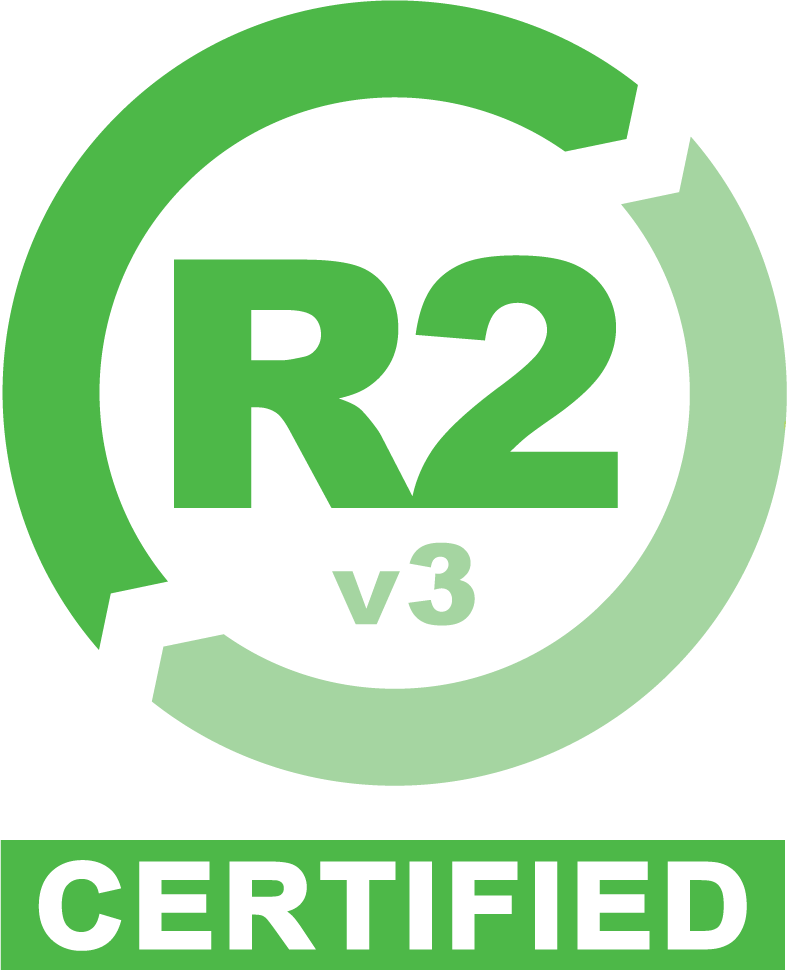
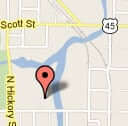 Google map directions
Google map directions
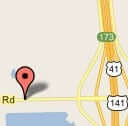 Google map directions
Google map directions
 Google map directions
Google map directions
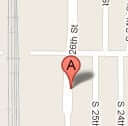 Google map directions
Google map directions
 Google map directions
Google map directions
 Google map directions
Google map directions
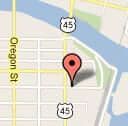 Google map directions
Google map directions